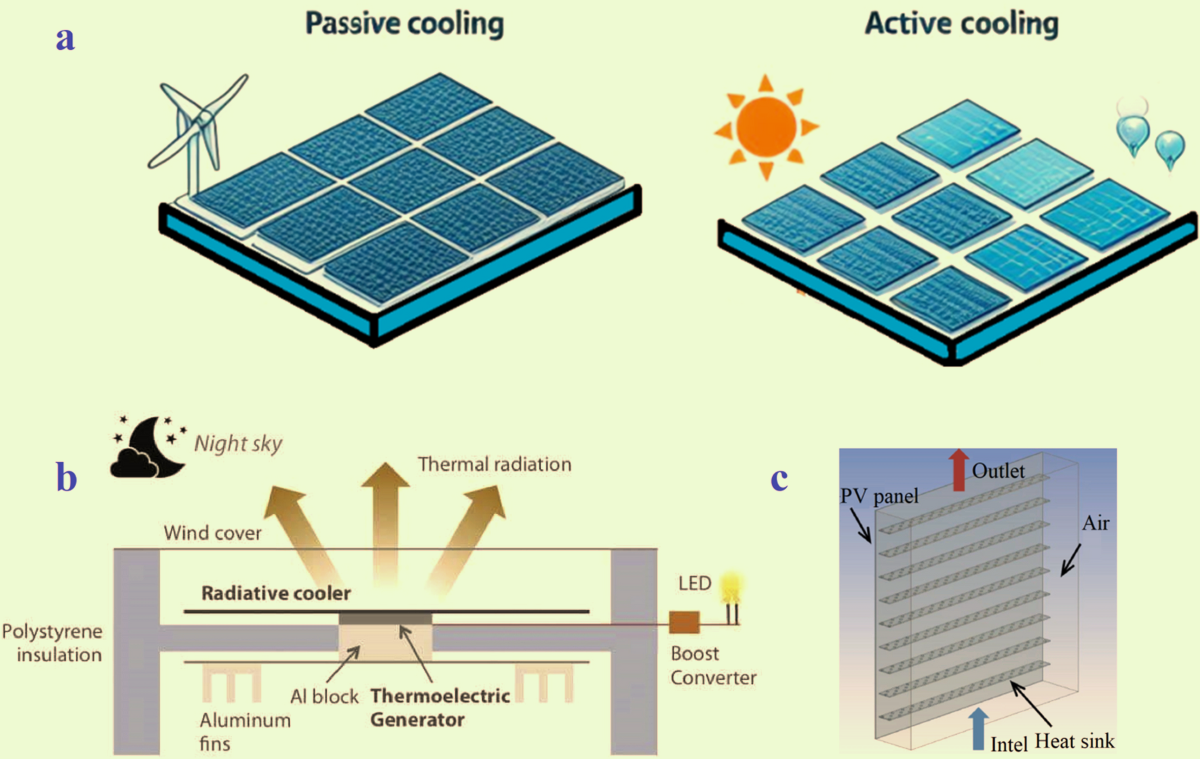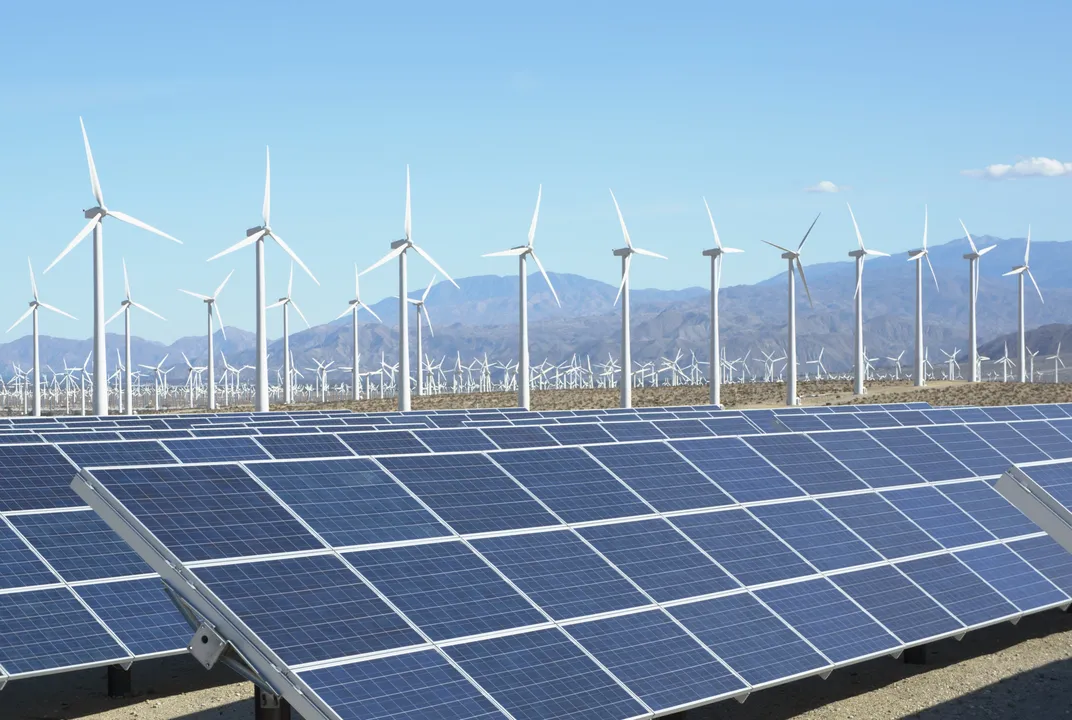Passive Solar Energy, however, does not use machines. It focuses on architectural design, strategically placed windows, ventilated roofs, thermal walls, and natural materials to capture, store, and distribute solar heat. In Rajasthan’s desert climate, passive designs help keep homes cooler in summers and warmer in winters, cutting down power consumption.
The real power lies in combining both. Passive methods reduce energy demand, while active systems generate clean electricity. For Rajasthan households, this means lower bills, higher savings, and long-term sustainability.
With the Rajasthan solar subsidy, installing an active solar rooftop system has become cost-effective. Subsidy slabs include ₹30,000 per kW for systems up to 2 kW, with graded support for higher capacities. This ensures every family, from small homes to large bungalows, can adopt solar with ease.
Switching to solar today is more than an investment; it’s a commitment to a greener Rajasthan. By embracing both active and passive solar strategies, residents can enjoy energy independence, government-backed savings, and a cleaner future. Rajasthan, known as the solar capital of India, is witnessing rapid growth in renewable adoption. But before switching to solar, it’s important to understand the difference between active solar energy and passive solar energy, and how government subsidies make these systems more affordable.
Active Solar Energy involves the use of devices like solar panels, inverters, pumps, and batteries to convert sunlight into usable electricity or heating. Rooftop solar systems in Rajasthan fall under this category. With the PM Surya Ghar Yojana subsidy, households can save big on installation costs and even enjoy up to 300 free electricity units every month.




